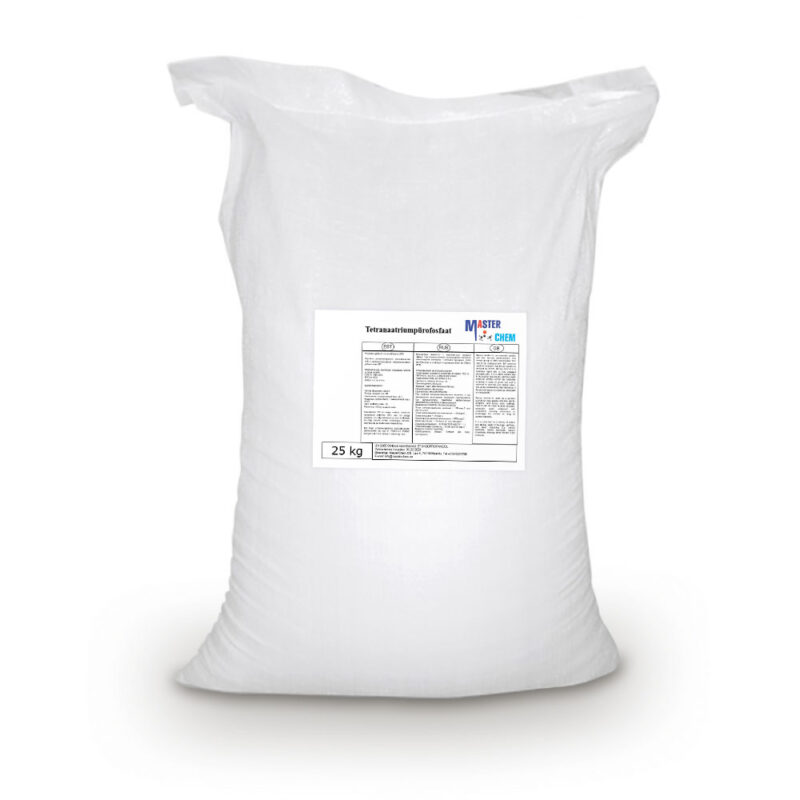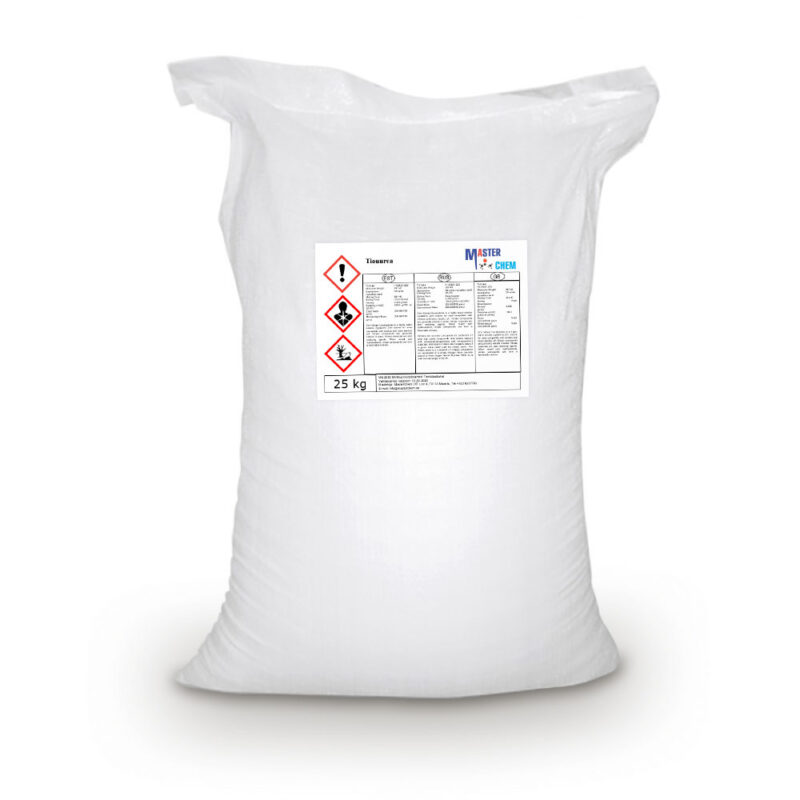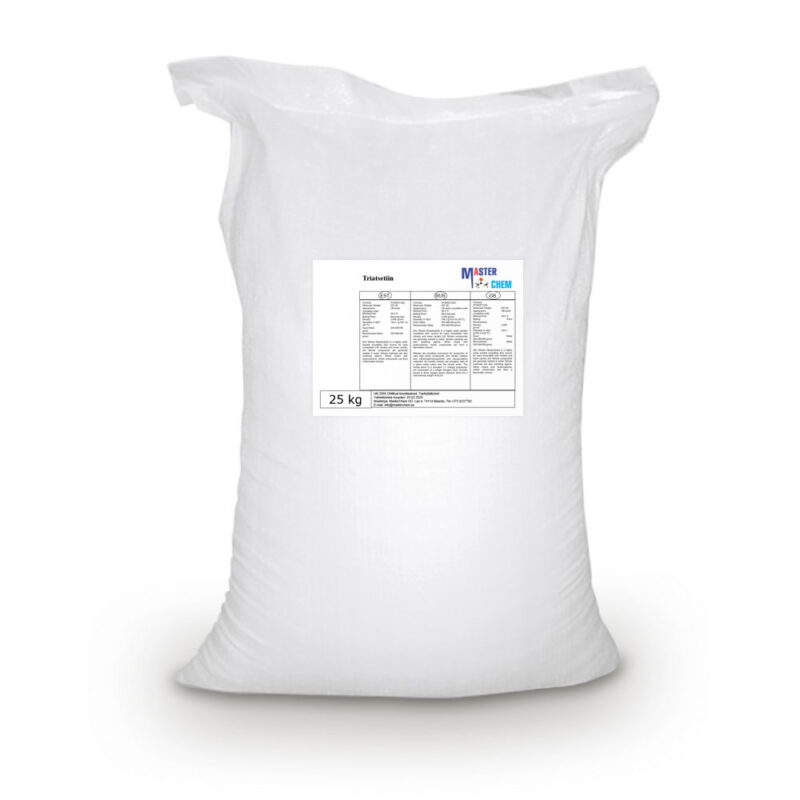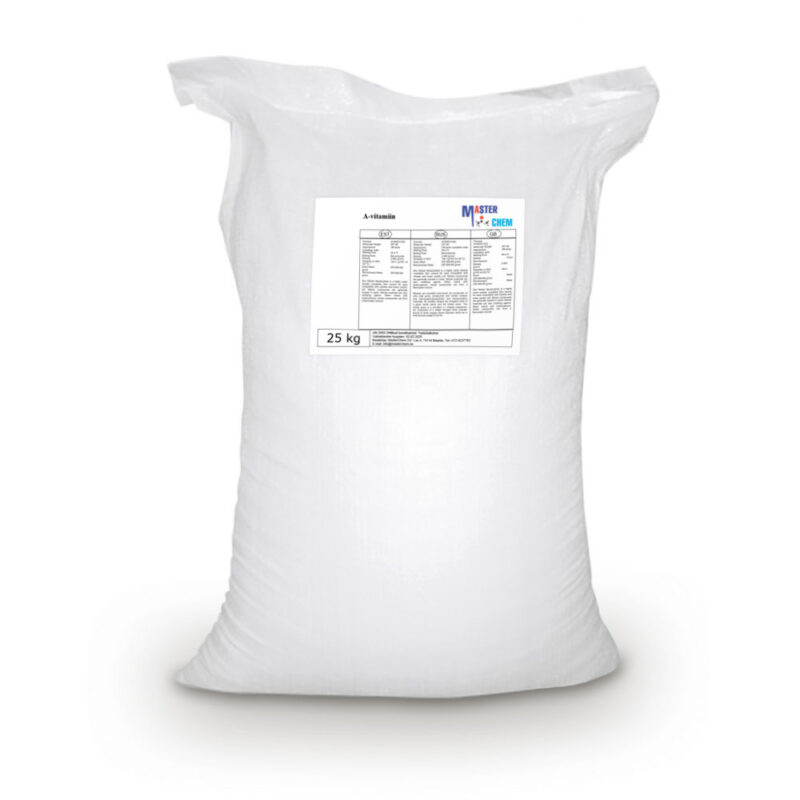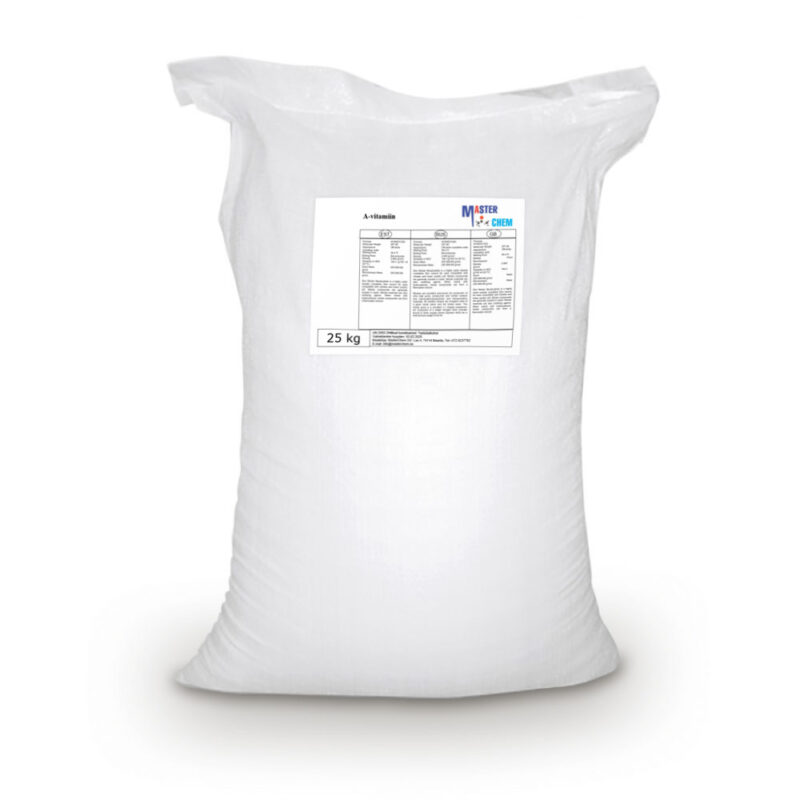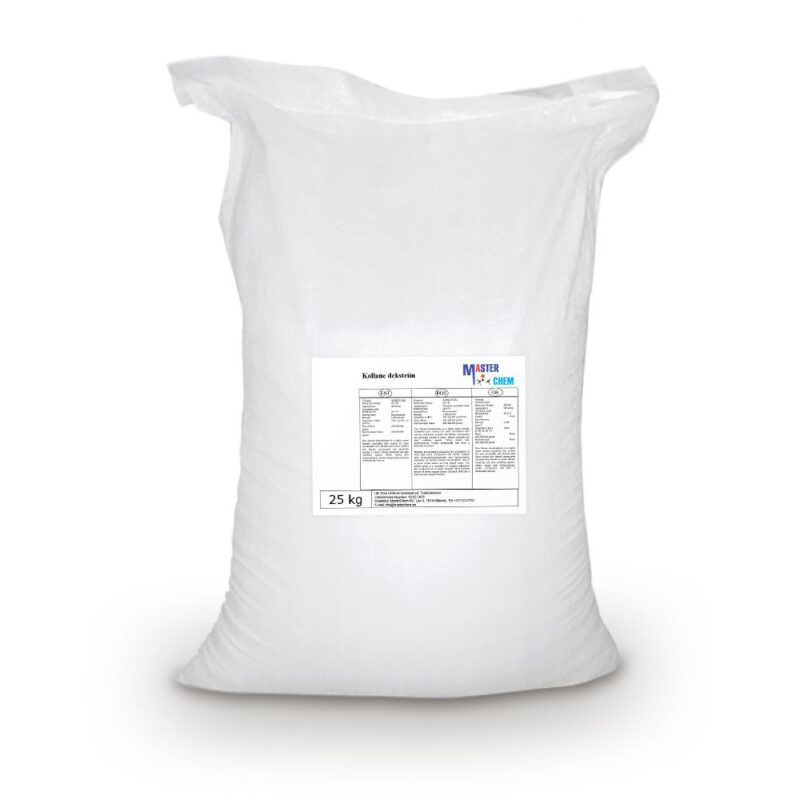Tetrasodium pyrophosphate (CAS 7722-88-5)
Tetrasodium pyrophosphate (CAS 7722-88-5)
Tetrasodium pyrophosphate, also called sodium pyrophosphate, tetrasodium phosphate or TSPP, is an inorganic compound with the formula Na4P2O7. As a salt, it is a white, water-soluble solid. It is composed of pyrophosphate anion and sodium ions. Toxicity is approximately twice that of table salt when ingested orally. Also known is the decahydrate Na4P2O7 · 10(H2O).
Tetrasodium pyrophosphate is used as a buffering agent, an emulsifier, a dispersing agent, and a thickening agent, and is often used as a food additive. Common foods containing tetrasodium pyrophosphate include chicken nuggets, marshmallows, pudding, crab meat, imitation crab, canned tuna, and soy-based meat alternatives and cat foods and cat treats where it is used as a palatability enhancer.
In toothpaste and dental floss, tetrasodium pyrophosphate acts as a tartar control agent, serving to remove calcium and magnesium from saliva and thus preventing them from being deposited on teeth. Tetrasodium pyrophosphate is used in commercial dental rinses before brushing to aid in plaque reduction.
Tetrasodium pyrophosphate is sometimes used in household detergents to prevent similar deposition on clothing, but due to its phosphate content it causes eutrophication of water, promoting algae growth.
Thiourea (CAS 62-56-6)
Thiourea (CAS 62-56-6)
Thiourea is an organosulfur compound with the formula SC(NH2)2. It is structurally similar to urea, except that the oxygen atom is replaced by a sulfur atom, but the properties of urea and thiourea differ significantly. Thiourea is a reagent in organic synthesis. “Thioureas” refers to a broad class of compounds with the general structure (R1R2N)(R3R4N)C=S. Thioureas are related to thioamides, e.g. RC(S)NR2, where R is methyl, ethyl, etc.
Triacetin (CAS 102-76-1)
Triacetin (CAS 102-76-1)
Triacetin, is the organic compound with the formula C3H5(OCOCH3)3. It is classified as a triglyceride, i.e., the triester of glycerol. It is a colorless, viscous, and odorless liquid with a high boiling point and a low melting point. It has a mild, sweet taste in concentrations lower than 500 ppm, but may appear bitter at higher concentrations. It is one of the glycerine acetate compounds.
Triacetin is a common food additive, for instance as a solvent in flavourings, and for its humectant function, with E number E1518 and Australian approval code A1518. It is used as an excipient in pharmaceutical products, where it is used as a humectant, a plasticizer, and as a solvent.
Vitamin A (CAS 79-81-2)
Vitamin A (CAS 79-81-2)
Vitamin A is a fat-soluble vitamin and an essential nutrient for humans. It is a group of organic compounds that includes retinol, retinal, (also known as retinaldehyde), retinoic acid, and several provitamin A carotenoids (most notably beta-carotene (β-carotene). Vitamin A has multiple functions: it is essential for embryo development and growth, for maintenance of the immune system, and for vision, where it combines with the protein opsin to form rhodopsin – the light-absorbing molecule necessary for both low-light (scotopic vision) and color vision.
Vitamin E (CAS 58-95-7)
Vitamin E (CAS 58-95-7)
Vitamin E is a group of eight fat soluble compounds that include four tocopherols and four tocotrienols. Vitamin E deficiency, which is rare and usually due to an underlying problem with digesting dietary fat rather than from a diet low in vitamin E, can cause nerve problems. Vitamin E is a fat-soluble antioxidant which may help protect cell membranes from reactive oxygen species.
Yellow Dextrin (CAS 9004-53-9)
Yellow Dextrin (CAS 9004-53-9)
Dextrin is a partially hydrolyzed starch formed from the treatment of starch by dry heat, acid, or enzymes. it can be formed from amyloseand amylopectin-type starches. they are white or yellow (canary) in color. as compared to unmodified starch, s have increased water solubility, viscosity stability, and reduced paste viscosity. uses include dough improvement and binding.
It can be used as emulsifying stabilizers and thickeners, adhesives and surface decorators. It can be applied to the pharmaceutical industry, protective adhesives and suspending agents, adhesives. For example, it can be applied to the sizing treatment of paper, textile sizing and ink preparation; it can also be used as a drug excipient and a substitute of the Arabic gum.
Zinc lactate (CAS 103404-76-8)
Information Industries: Pharmaceutical industry, Food industry , Feed industry CAS number: 103404-76-8 WE number: 240-178-9 Chemical formula: C6H10ZnO6 Molar mass: …

